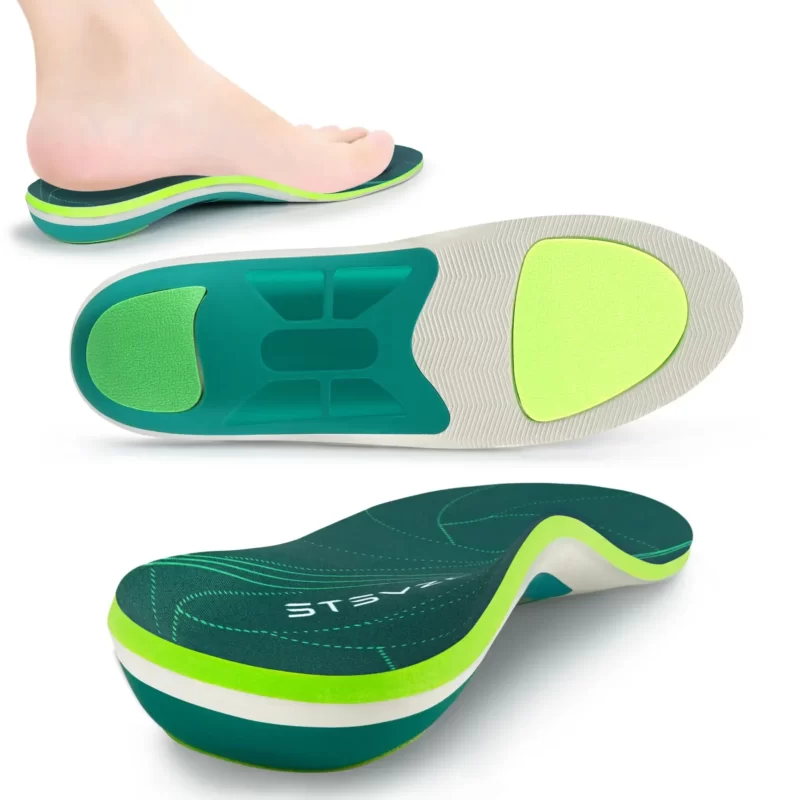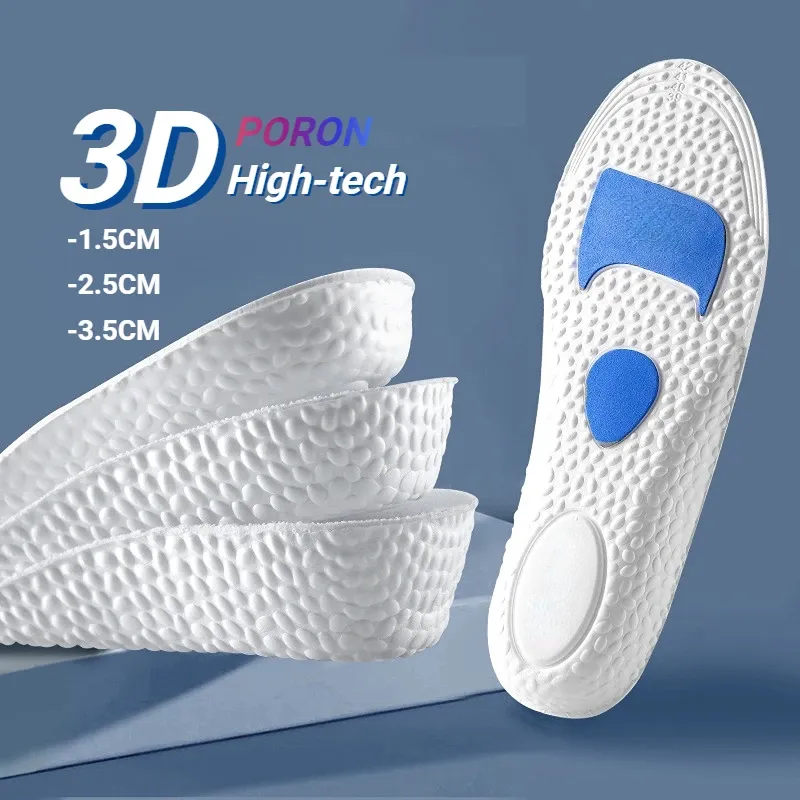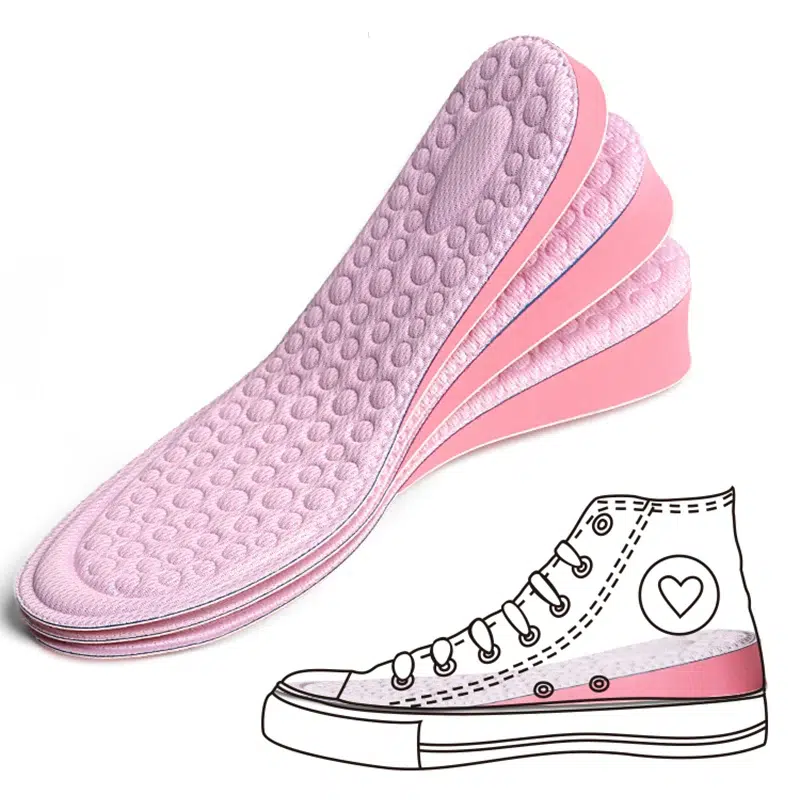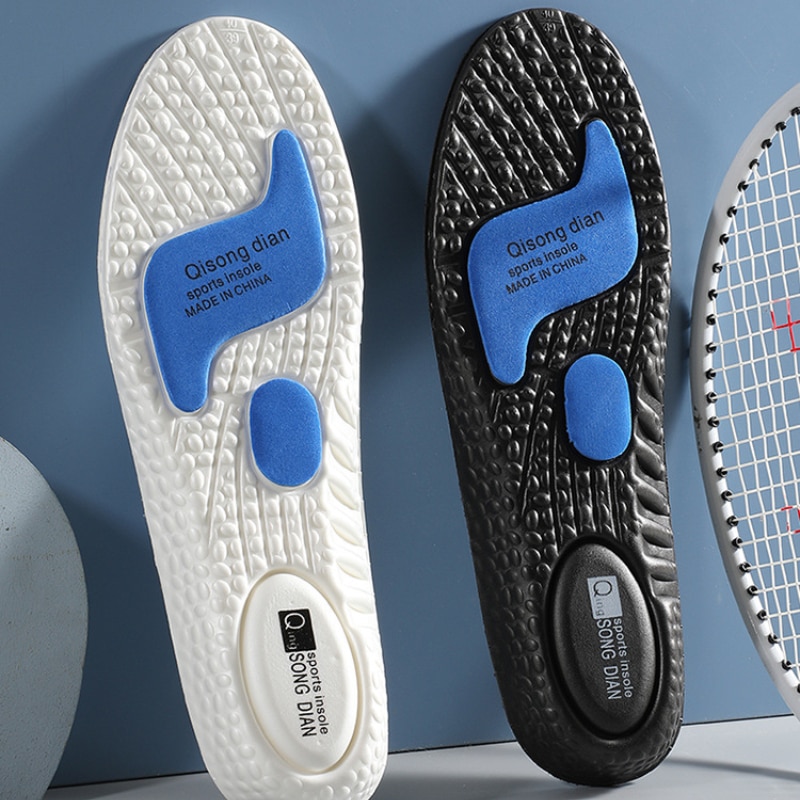
Best Insoles for Volleyball – Our Expert Recommendations
Also, 78% of volleyball players suffer from a foot or ankle injury in each season! It demands much of your feet: large jumps, instant direction

Free Shipping For All Orders

30 Days Risk Free

We Are Waitiing For Help

Eco Friendly Raw Material

Flexible arch support puts you in better control of your feet & body. It's a simple way to improve your mobility, alleviate aches, and prevent injuries.

You deserve a comfortable, supportive shoe. Get walking in a shoe that feels good, like the shoes you used to wear.

It's the perfect way to improve your walking experience. Whether you walk a lot at work or simply need some extra comfort, The Perfect Insole is the answer.

The unique support and stability of the Relief Heel Pain insoles moves your foot into a better alignment which can help stop the pain caused by plantar fasciitis or heel spurs.

Just slip these Revive insoles into your shoes and spend the next day feeling less fatigued and ready to conquer anything.
Roaming Feet Insoles are custom made to fit into your shoes allowing you to give your feet the freedom they need and deserve. Our insoles are easy to wash, comfortable and provide relief when you need it most. We know your body deserves to be pampered, relax and let our insole take care of you!





Also, 78% of volleyball players suffer from a foot or ankle injury in each season! It demands much of your feet: large jumps, instant direction

Introduction Combat boots are a staple of your gear whether you’re in the military, law enforcement or you simply have a fondness for the rugged

Confidence carries not as an attribute, rather a necessity in today’s fast pace society. It is the invisible force that powers successful job interviews, social

Keeping your feet in top shape is vital for overall health, yet it often gets overlooked. Feet support the weight of the entire body and

Many people experience foot pain, whether from routine activity or conditions like plantar fasciitis. Understanding the role of a deep heel cup in shoe insoles

Many people wonder, “Can hanging make you taller?” While hanging may improve posture and provide a temporary boost in height by decompressing the spine, it
Join our email list to be the first to learn about exciting offers and product information



No products in the cart.